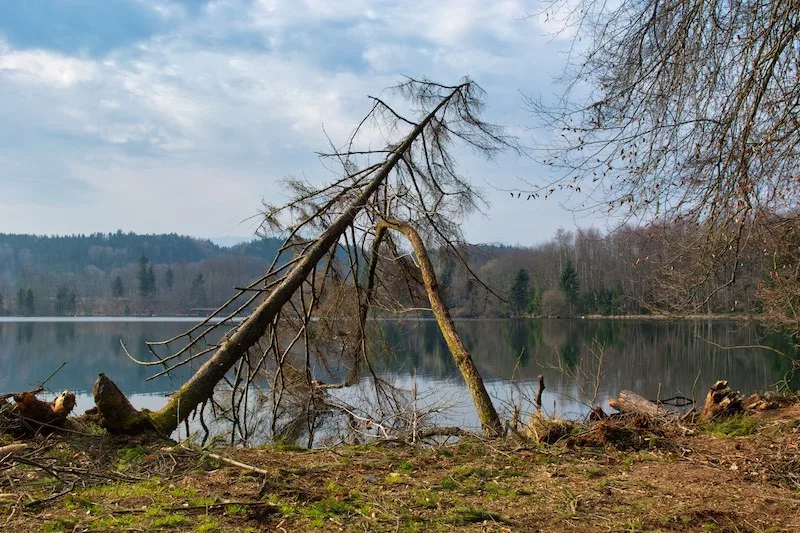The worst of Storm Floris is finally moving on.
Wind gusts exceeding 70mph ripped across Scotland on Monday, toppling trees, halting transport and bringing an eerie sense of winter to the height of summer.
At Wick Airport the storm peaked at 82mph, one of the highest August wind speeds ever recorded in Scotland.
Northern Ireland saw 66mph at Orlock Head, matching previous records from 1962, 1973 and 1989.
Aberdeenshire’s Dyce station, with almost seven decades of weather records, also reported its highest August gust at 62mph.
These figures underline what so many people felt on the ground, this was no ordinary summer storm.
On Tuesday morning the last yellow warning expired for the Northern Isles, but the clean‑up is far from over.
Across the Highlands, roads remain scattered with debris and rail lines are still being checked for fallen trees and overhead line damage.
For many families, the first task of the day was simply to step outside and assess what had been lost, a broken fence, a felled tree, a long night of worry.
The Met Office says Tuesday will stay breezy with scattered showers drifting across northern, central and eastern areas.
Southern Scotland may see calmer skies and sunshine breaking through, offering brief relief.
But eyes are already turning to the west.
Deputy Chief Meteorologist Mike Silverstone has warned of another spell of wet and windy weather arriving late Wednesday into Thursday.
“It will not have the same scale of impacts as Storm Floris,” he explained, “but gusts over 50mph are possible for western Scotland, with heavy rain adding up to 30mm in places.”
This next system will arrive from the Atlantic and sweep across north‑western parts of the UK, reminding us that the summer’s changeable theme is far from over.
For those further south, conditions should be drier, though still unsettled, with temperatures hovering around seasonal averages.
The weekend outlook continues this mixed picture, spells of rain and wind for the north and northwest, brighter interludes elsewhere.
For Highland communities battered by Floris, the days ahead will be about repair and reflection.
Council teams are clearing roads, power engineers are restoring connections and residents are sharing stories of the storm’s fury.
Many will also be asking the same question: why are August storms becoming so frequent and so fierce?
Scientists point to a warming climate that fuels extreme weather and alters the familiar patterns we once relied on.
The record‑breaking gusts and relentless rainfall are more than numbers on a chart, they are a sign of change felt in every community from Caithness to the Western Isles.
As the clean‑up continues, a quiet resilience runs through the Highlands.
Neighbours check on neighbours.
Fences are fixed.
Children count the branches scattered like matchsticks across the garden.
The storm will pass, but the memories will linger and so will the call for action to make sure this is not our new normal.





